For nearly two years now, the wild grass of the Mekong Delta has helped increase income for local people in a way that suits their abilities and time conditions.
White Flax Cooperative and Sa Phin women "weave" a prosperous life |
Plan International Vietnam and ethnic minority youth in Ha Giang escape poverty |
“Have income and work”
That is what Mr. Nguyen Van Toan, Director of MCF My Quoi Cooperative, My Tay A Hamlet, My Quoi Commune, Nga Nam Town, Soc Trang Province, concluded about the excitement of the people here when participating in the work of weaving baskets from the raw material of the elephant grass. In this rural area, the majority of young men find their way to big cities to work, leaving only middle-aged people, no longer suitable for heavy manual labor, women and children at home. For a long time, although people wanted to work, they could not find suitable jobs.
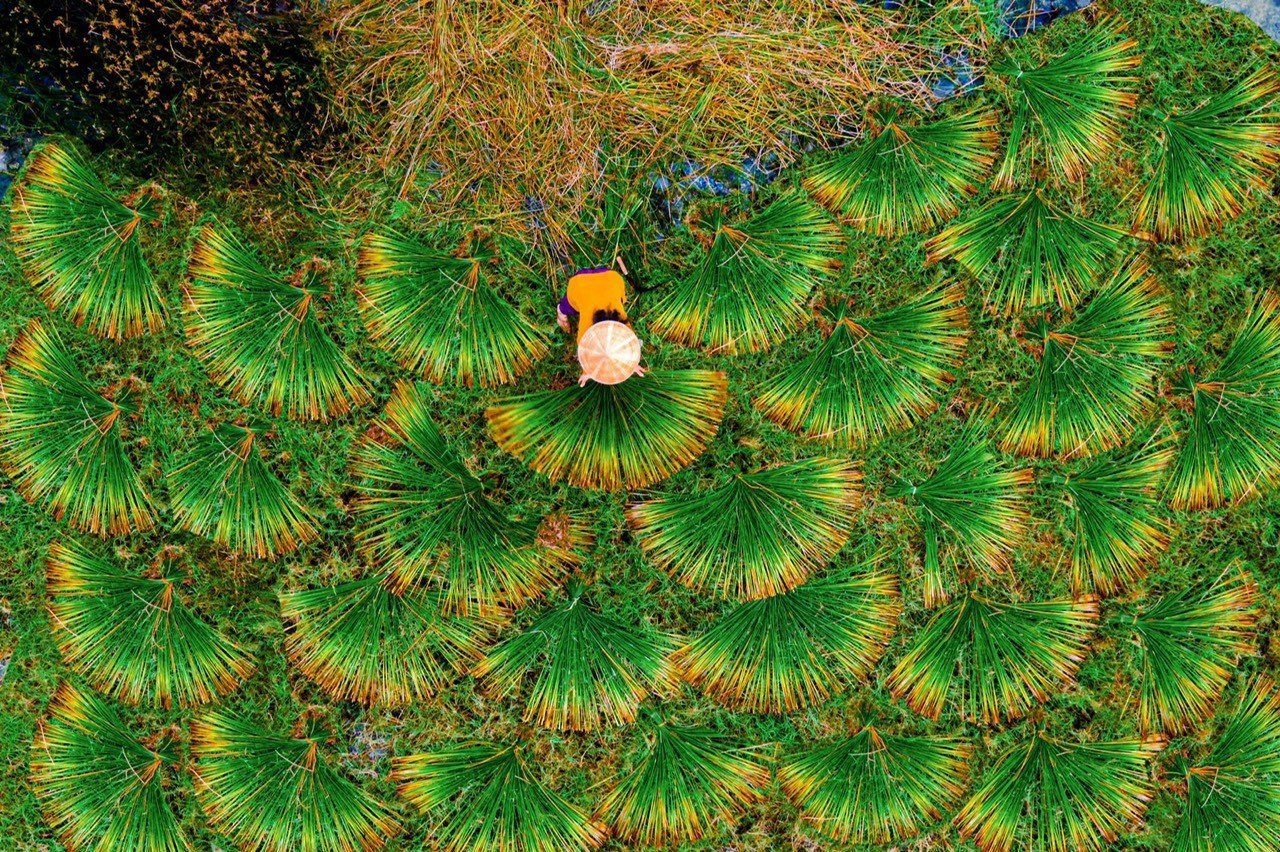 |
| Harvesting cattail grass as raw material for making household items. (Photo: MCF) |
“People who want to participate in making products for the cooperative will come to the headquarters to learn techniques and receive raw materials to make. For each quality product, people will be paid 20,000 - 30,000 VND, on average a person can earn 80,000 - 100,000 VND per day. If people want to participate in weaving baskets or making products from reed grass but do not have the conditions to come to the headquarters of the cooperative to learn weaving techniques, the cooperative will send people to each hamlet to guide them,” said Mr. Nguyen Van Toan.
Not only that, MCF My Quoi Cooperative takes care of all the raw materials and consumes all the quality products that the people weave. The income of each household depends on the time they spend on the work and even those who have a fixed job can still earn money in their free time. That is why after just over 2 years of operation, there are about 400 local households working under the management of the Cooperative.
Choosing this livelihood model is not a random story. Previously, the grass was considered a weed, people cut it and threw it away. When this grass became raw material for weaving baskets, shrimp farmers planted more grass, which not only helps clean the water, create more oxygen and a suitable living environment for shrimp and crabs, but also creates an additional source of income for farmers. With the weeds growing in abandoned shrimp fields, unemployed people ask the landowner for permission to cut, dry and sell to the cooperative.
Increase income on the basis of resource conservation
Established in late 2021 but officially operating since February 2022, MCF My Quoi Cooperative exports about 1,700 products per week. In 2022, the Cooperative exported about 30,000 products. The Mekong MCF Conservation Fund's Coordination Center receives products from the Cooperative and supplies them to a business specializing in exporting household goods to the US, Australia, and Europe.
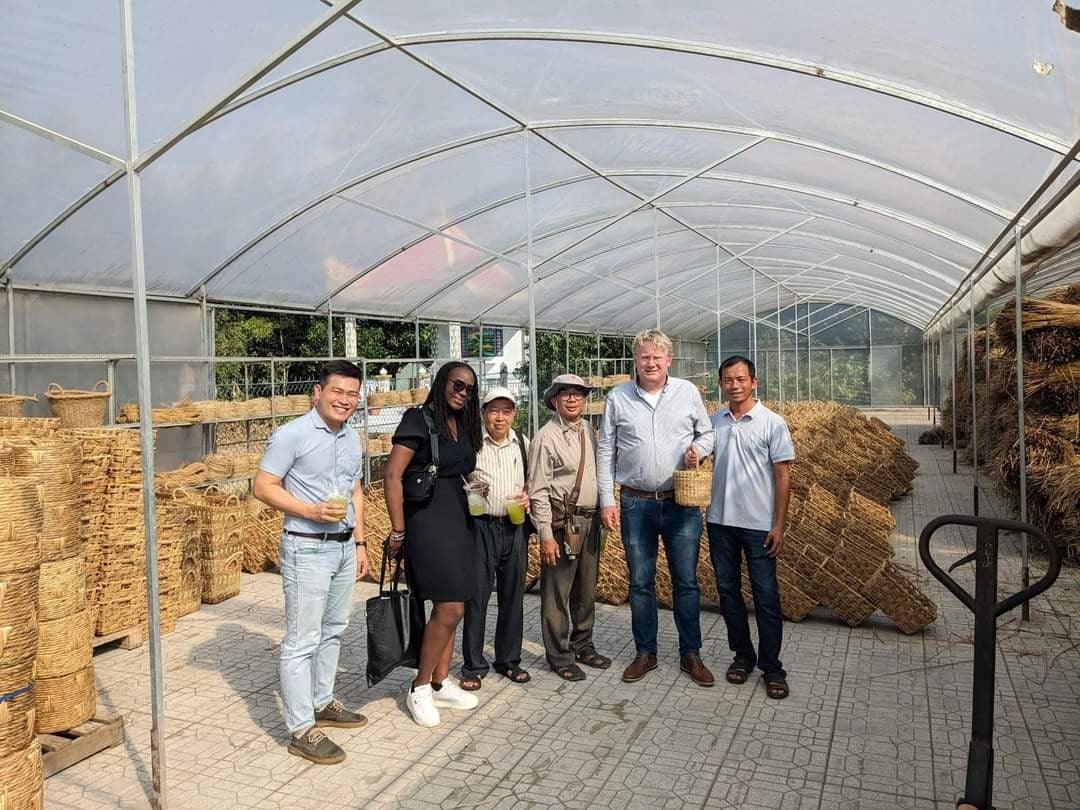 |
| Dr. Duong Van Ni, Director of Mekong Research and Conservation Fund (MCF) (3rd from left) and Mr. Nguyen Van Toan, Director of MCF My Quoi Cooperative (far right) received visitors to the model. |
The MCF My Quoi Cooperative model is part of the Sustainable Livelihoods through Climate-Resilient Crops Initiative, a $1.1 million initiative funded by the Australian Government for the period 2023-2025. The Mekong Conservation Fund (MCF) is the lead partner of the initiative, providing overall management, including monitoring and evaluation. The MCF Rural Craft Village Development Program aims to increase participants' income; effectively use five livelihood capital sources (environmental, human, financial, infrastructure, and social); build community resilience to proactively adapt to all changes (markets, natural disasters, epidemics, and climate change) and conserve natural resources and indigenous cultures.
Speaking to the press, Dr. Duong Van Ni, Director of MCF, compared the water fern to a "gift from heaven", especially its ability to adapt to brackish and salty ecosystems. According to him, reality shows that water fern creates a favorable ecological environment, is a natural food source that helps shrimp and crabs grow quickly, and reduces diseases.
This plant is expected to be a new direction for the Ca Mau peninsula - the southernmost land of about 1.6 million hectares, including Can Tho city, Hau Giang, Soc Trang, Bac Lieu, Ca Mau provinces and part of Kien Giang. According to Dr. Ni, planting reed grass is a model that is completely based on nature, especially not creating conflicts with current production of the people.
Talking about the Rural Craft Village Development Program, Dr. Ni said that cooperatives in the Program are only established when the community is strong enough. Cooperatives are completely financially autonomous but are supported with human resources and production plans.
"Right now we are just stabilizing handicraft products. There will be many other products in the future, depending on the production conditions and people of each locality," he said.
Source






![[Photo] Closing of the 11th Conference of the 13th Central Committee of the Communist Party of Vietnam](https://vstatic.vietnam.vn/vietnam/resource/IMAGE/2025/4/12/114b57fe6e9b4814a5ddfacf6dfe5b7f)
![[Photo] Overcoming all difficulties, speeding up construction progress of Hoa Binh Hydropower Plant Expansion Project](https://vstatic.vietnam.vn/vietnam/resource/IMAGE/2025/4/12/bff04b551e98484c84d74c8faa3526e0)
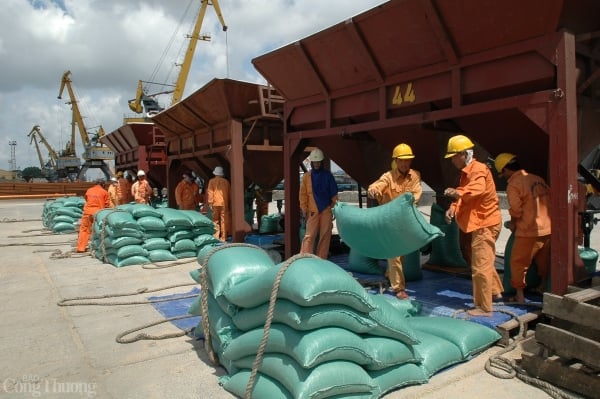

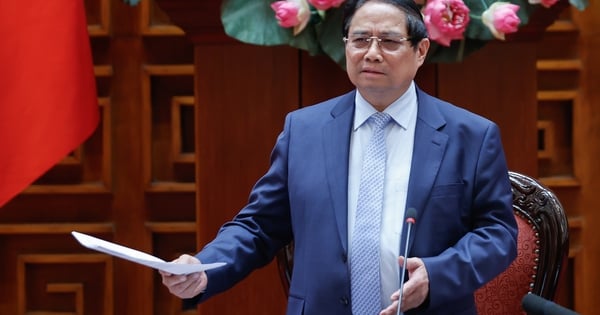

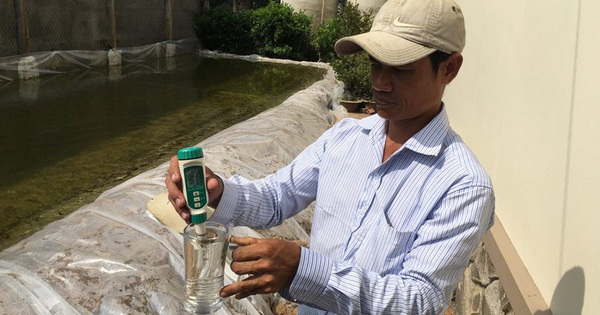
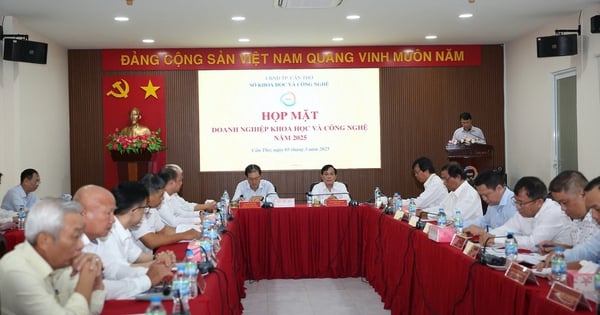

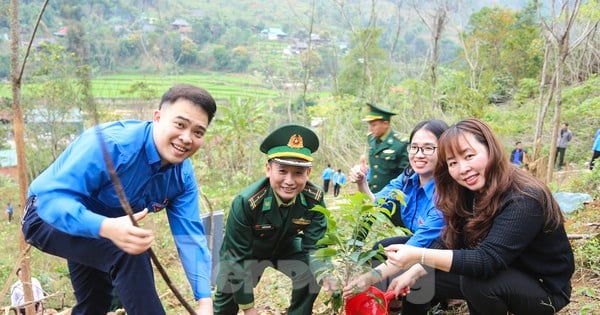

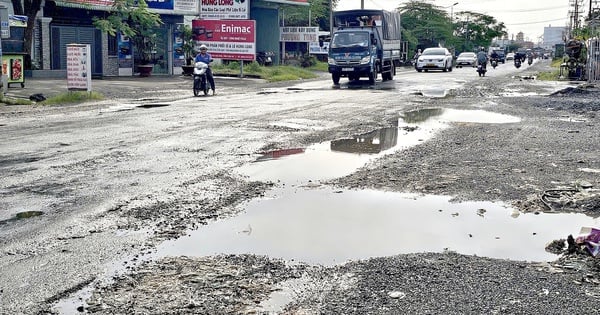

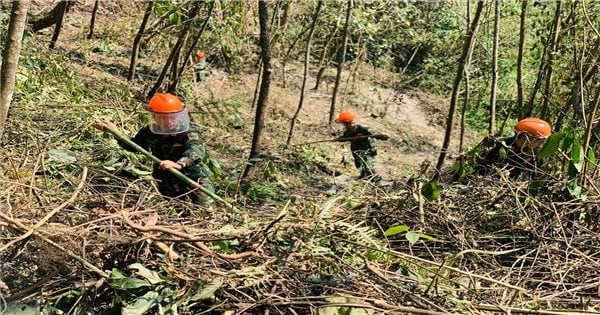
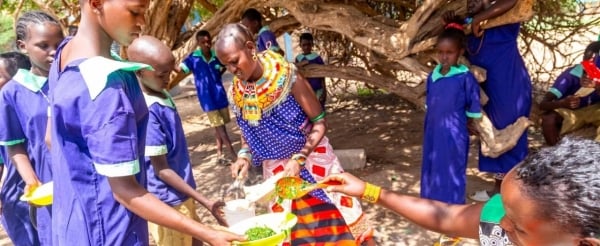
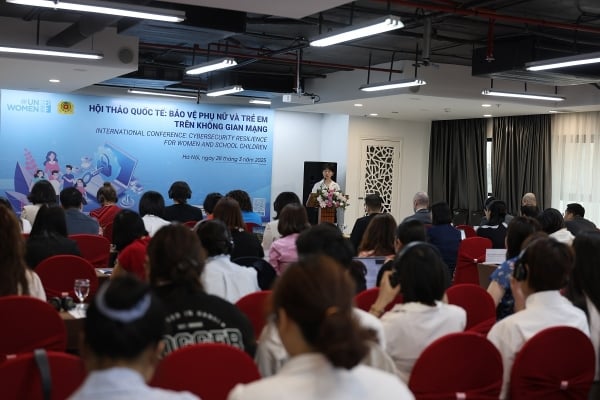
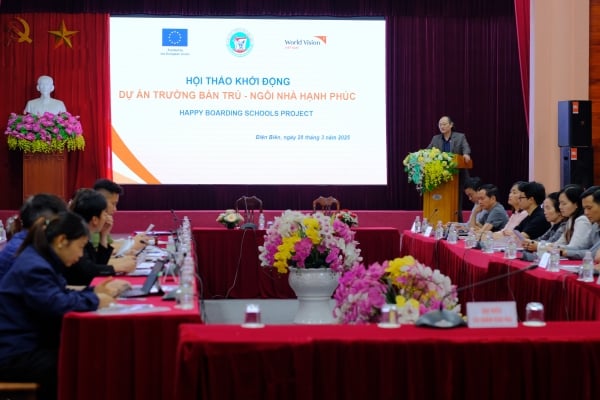
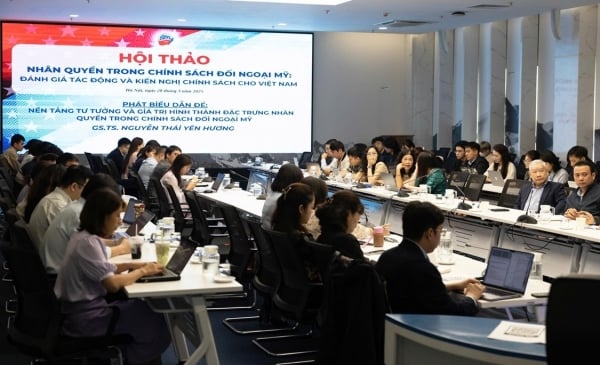



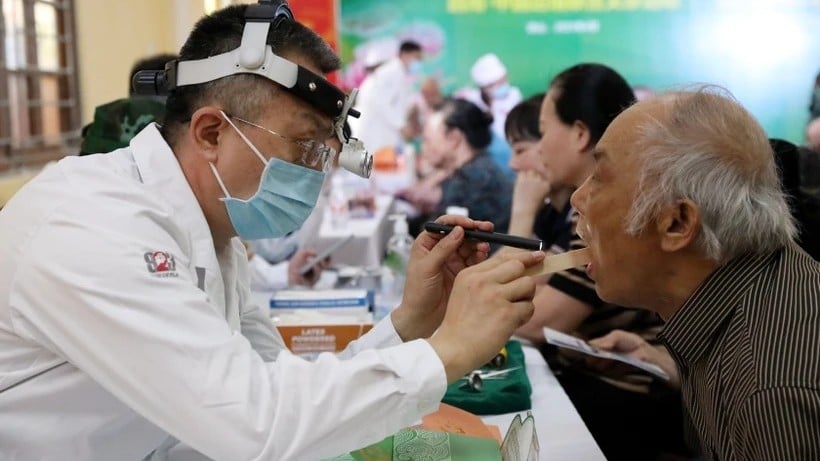

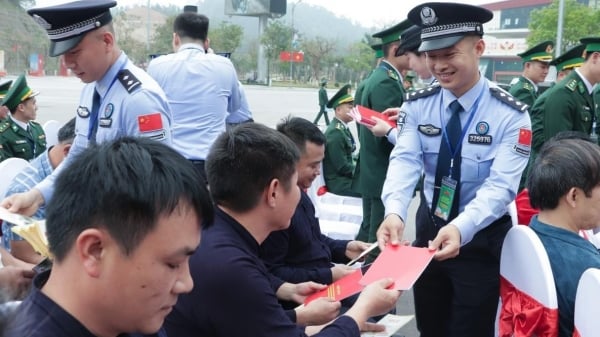
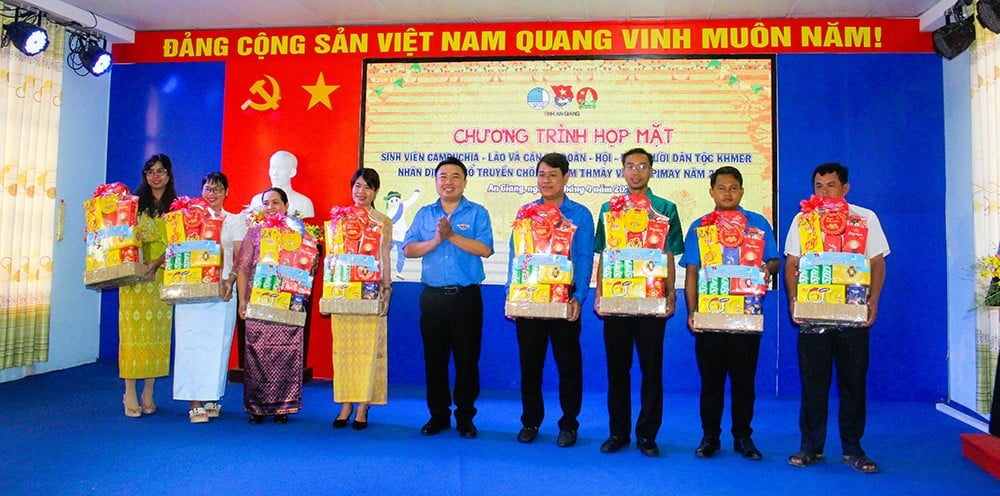
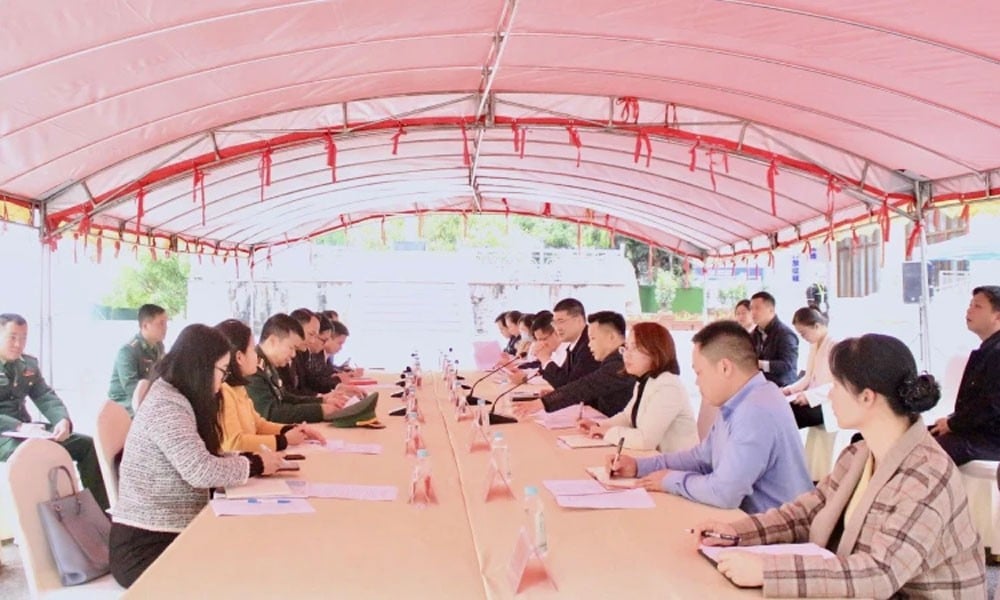
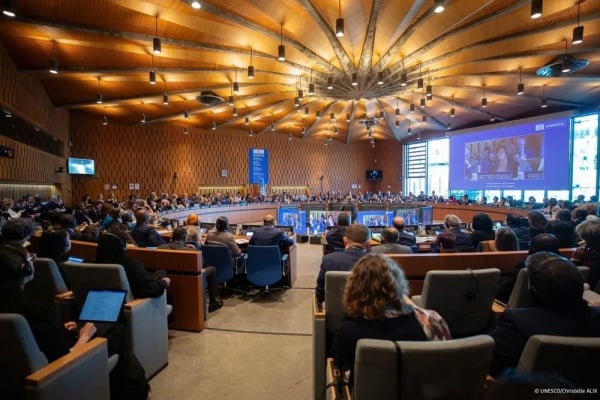












































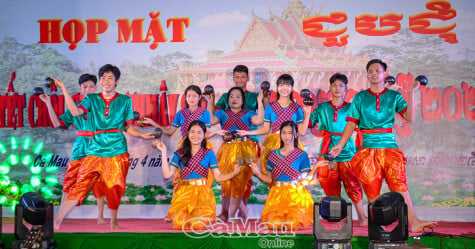


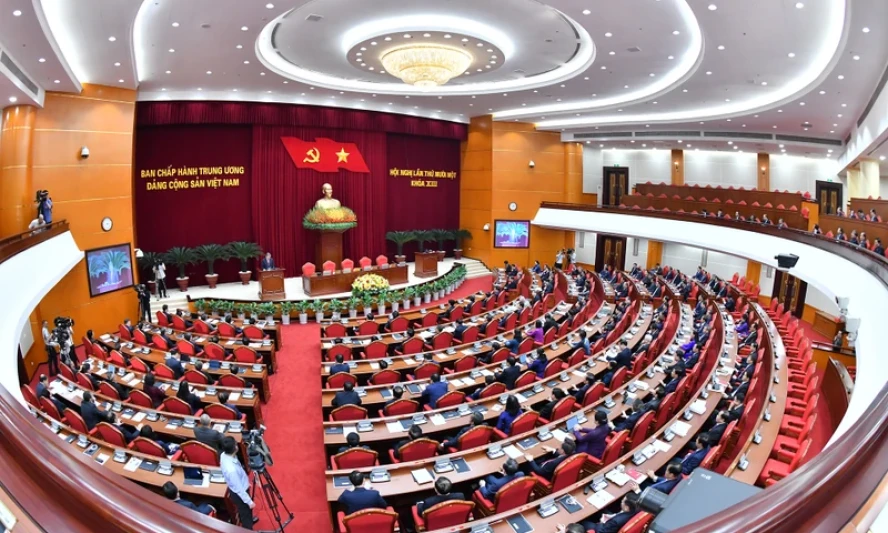


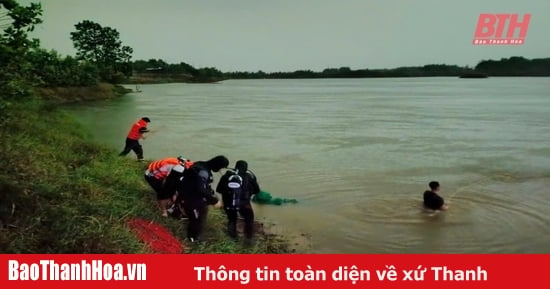

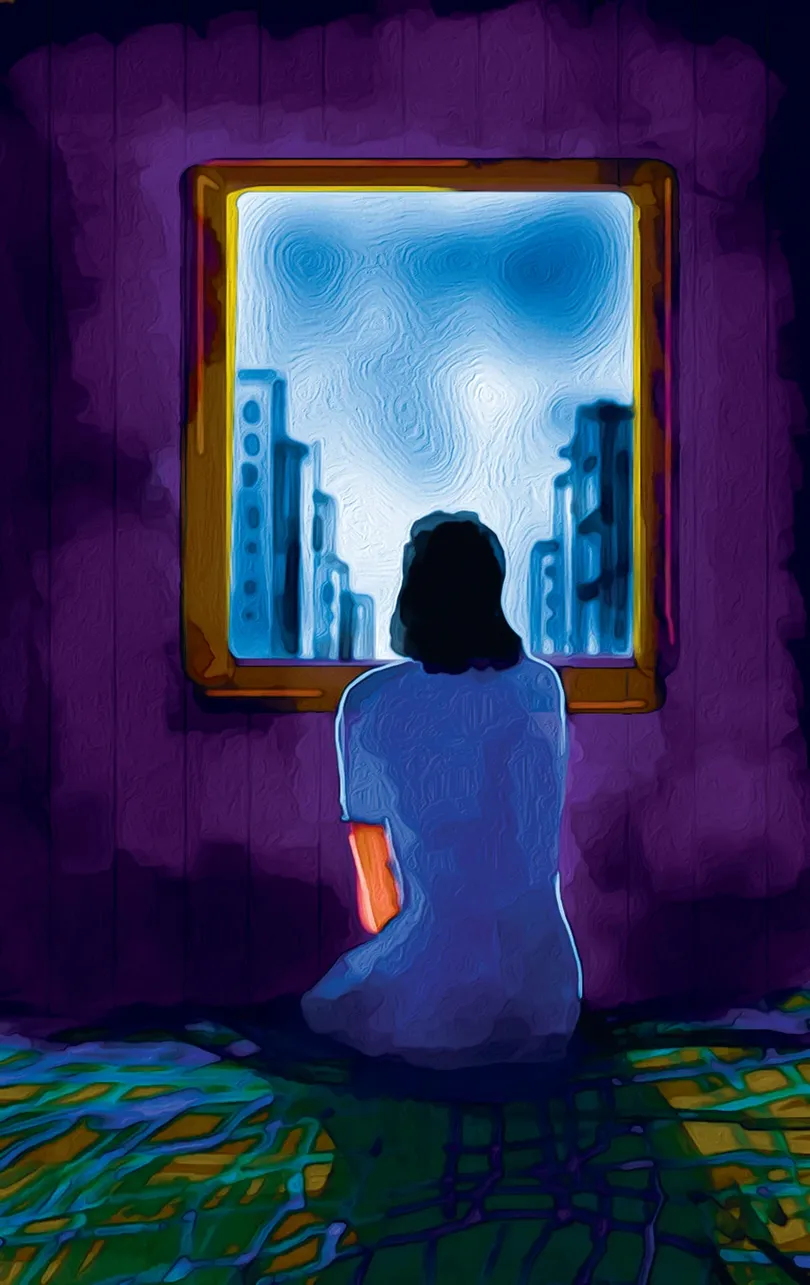











Comment (0)